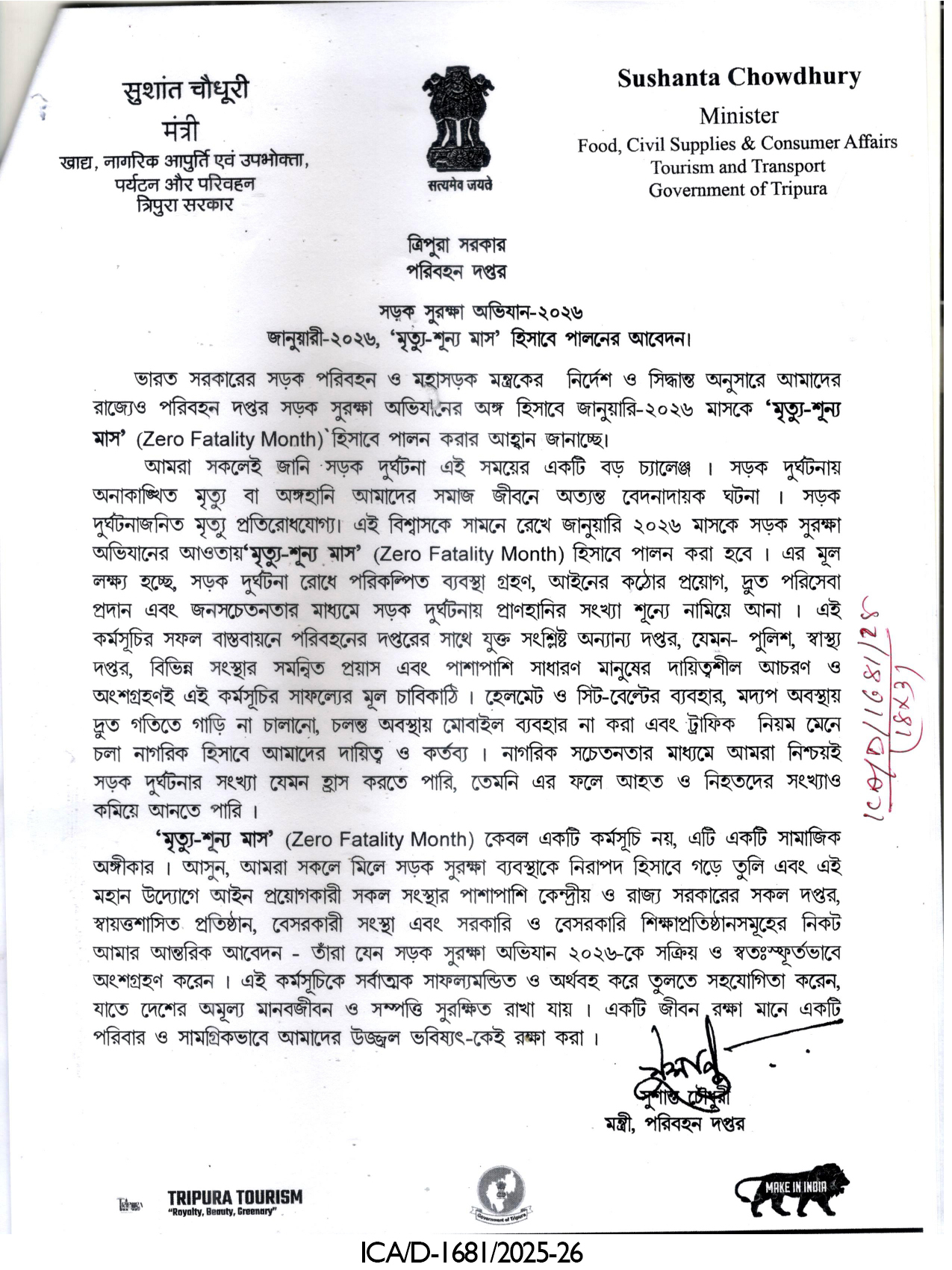PM Modi and Chinese President Xi Jinping’s meeting at the SCO Summit in Tianjin reflects a pragmatic shift in India-China ties. The leaders discussed border stability, resumption of direct flights, economic cooperation, and regional engagement, signaling cautious optimism after years of strained relations.
Prime Minister Narendra Modi’s meeting with Chinese President Xi Jinping on the side-lines of the Shanghai Cooperation Organisation (SCO) Summit in Tianjin, China, has been described as a pragmatic move by both sides to stabilise their strained relationship. The dialogue underscored India and China’s willingness to prioritize communication, confidence-building, and regional engagement despite lingering challenges.
The two leaders held their discussions against the backdrop of regional and global uncertainties, where both countries carry significant responsibility as major Asian powers. According to reports, Modi and Xi agreed that mutual trust, respect, and sensitivity must form the foundation of future ties. This understanding signals an attempt by New Delhi and Beijing to move past the turbulence of recent years, particularly the fallout of the 2020 Galwan Valley clash.
Border Peace and Stability
A major focus of the talks was the stability of the disputed Line of Actual Control (LAC). The Ministry of External Affairs (MEA) noted that both leaders expressed satisfaction with the successful disengagement carried out in 2024 and the subsequent peace maintained in border areas. They committed to finding a fair, reasonable, and mutually acceptable resolution of the boundary issue, taking into account the long-term interests of both nations.
Recognizing the work of Special Representatives from both countries earlier this month, Modi and Xi agreed to continue supporting efforts at the diplomatic and military levels to reduce tensions along the nearly 3,500-km border. The commitment to dialogue was seen as a crucial step forward, especially after four years of confrontation.
Connectivity and People-to-People Ties
An important outcome of the meeting was the announcement that direct flights between India and China will soon resume, a move expected to boost people-to-people ties, business exchanges, and tourism. The leaders also emphasized visa facilitation and the continuation of the Kailash Manasarovar Yatra, which remains a vital cultural and religious link between the two nations.
PM Modi highlighted that the resumption of connectivity would not only strengthen bilateral engagement but also enhance regional stability and cooperation within multilateral forums such as the SCO and BRICS.
Strengthening the Economic Order
During the talks, Prime Minister Modi stressed the importance of India and China working together to stabilize the global economic order. With both nations being among the largest economies in the world, their cooperation carries weight for the developing world, particularly within the Global South. Modi extended an invitation to President Xi to attend the BRICS Summit that India will host in 2026, underlining India’s commitment to multilateral cooperation.
Reflecting on Past and Future
The Tianjin meeting was Modi’s first visit to China since 2018 and the first since the Galwan Valley clash of June 2020. While Modi and Xi had met briefly on the sidelines of the 2024 BRICS Summit in Kazan, Russia, the Tianjin dialogue was the most substantial engagement between the two leaders in recent years.
In a post on X, Prime Minister Modi wrote, “Had a fruitful meeting with President Xi Jinping in Tianjin on the sidelines of the SCO Summit. We reviewed the positive momentum in India-China relations since our last meeting in Kazan. We agreed on the importance of maintaining peace and tranquillity in border areas and reaffirmed our commitment to cooperation based on mutual respect, mutual interest and mutual sensitivity.”
The India Narrative, analyzing the development, noted, “Yesterday’s developments reflect a pragmatic approach from both New Delhi and Beijing – prioritising dialogue, confidence-building measures, and regional engagement. While deep-seated differences remain, the resumption of direct flights, commitment to border stability, and shared participation in the SCO framework point towards a slow but steady thaw in relations.”
A Step Toward Pragmatism
The Modi-Xi meeting illustrates how both countries are taking a calibrated, pragmatic approach toward managing their complex relationship. By addressing contentious issues such as border stability while simultaneously opening channels for economic and cultural cooperation, New Delhi and Beijing appear to be moving towards a more balanced and constructive engagement.
| Also Read: Dharmendra Pradhan calls NCERT a change leader in building Viksit Bharat |
While significant hurdles remain in resolving historical disputes and restoring complete trust, the Tianjin dialogue offers a glimpse of cautious optimism. It suggests that despite differences, India and China recognize the need for dialogue, stability, and cooperation in shaping the Asian and global order.







